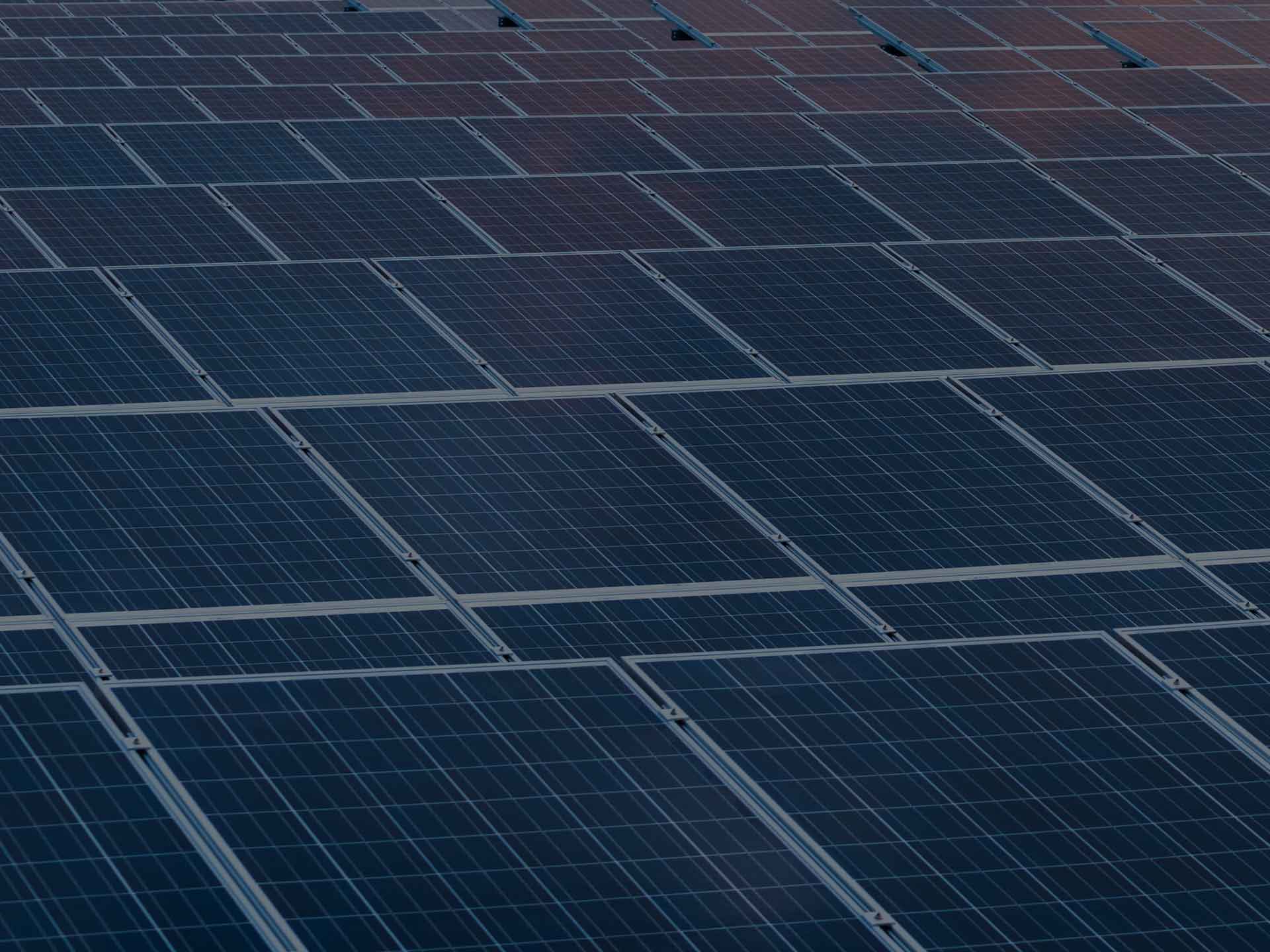Summary
Perovskite cells have only emerged as a viable photovoltaic material over the past two years. The Creating a Better Solar Cell project was the first time a tandem, stacked approach has been attempted with silicon cells on this scale.
Need
To increase the efficiency of silicon modules by stacking a thin second cell made of perovskites on top of standard silicon cells.
Silicon solar cell costs have decreased rapidly over the past five years as manufacturing has become more refined and production volumes have increased. The cost of starting materials, such as purified silicon chunks, glass sheets, frames, and junction boxes, are becoming a lower portion of total production costs.
The key to further reducing costs is to increase the module power by increasing the energy conversion efficiency of the encapsulated cells. This can be achieved through the tandem silicon / perovskite cell being investigated by this project.
Learn more
Project innovation
Perovskite cells have only emerged as a viable photovoltaic material over the past two years. This project was the first time a tandem, stacked approach has been attempted with silicon cells on this scale.
The Creating a Better Solar Cell project aimed to demonstrate an energy conversion efficiency higher than any previous silicon-based solar cell, above 26 per cent. The commercial feasibility of the approach was evaluated through commercial partnerships. The project also investigated new approaches to address the moisture sensitivity of the perovskites involved, at both cell and module level.
Benefit
A key benefit of the stacked approach is the ability for perovskite cells to effectively absorb ultraviolet light and pass infrared light to the underlying silicon. This combined capability is more efficient than conventional silicon only solar cells.
These cells would be more expensive to produce, but with very little increase in materials cost, due to the thin layers of perovskite involved. Costs are expected to decrease as production volumes increase. The modules would ultimately have a substantial cost advantage if able to match the durability of standard modules. The efficiency advantage over standard modules would allow a price premium, providing a clear path to commercialisation of the improved technology.
The techno-economic analyses based on lab-based fabrication processes showed that, at this early stage of technology development, tandem cell efficiency targets over 35% on commercial 6″ square silicon wafers are required, much higher than the highest efficiency demonstrated anywhere worldwide to date.
While silicon-perovskite tandem technology is a promising candidate for future high- efficiency PV cells and modules, and efficiency over 35% is not impossible for double junction tandem, focus of future projects should also be on driving cost down such as:
- The use of low-cost materials; and
- The development of scalable methods suitable for volume manufacturing processing sequences, e.g. with lower material utilisation rate.
It should be noted that the scaling up to commercial cell size (e.g., 6″ square), whilst maintaining efficiency, is not trivial and presents another area of work for the commercialisation of this technology.
While the encapsulation schemes developed during this project are shown to be very effective in limiting environmental exposure of perovskite cells, on-going work of increasing the durability and lifetime of perovskite PV technology is important as the techno-economic analysis assumed that the lifetime of the modules and their degradation rates match those of standard crystalline silicon modules.





